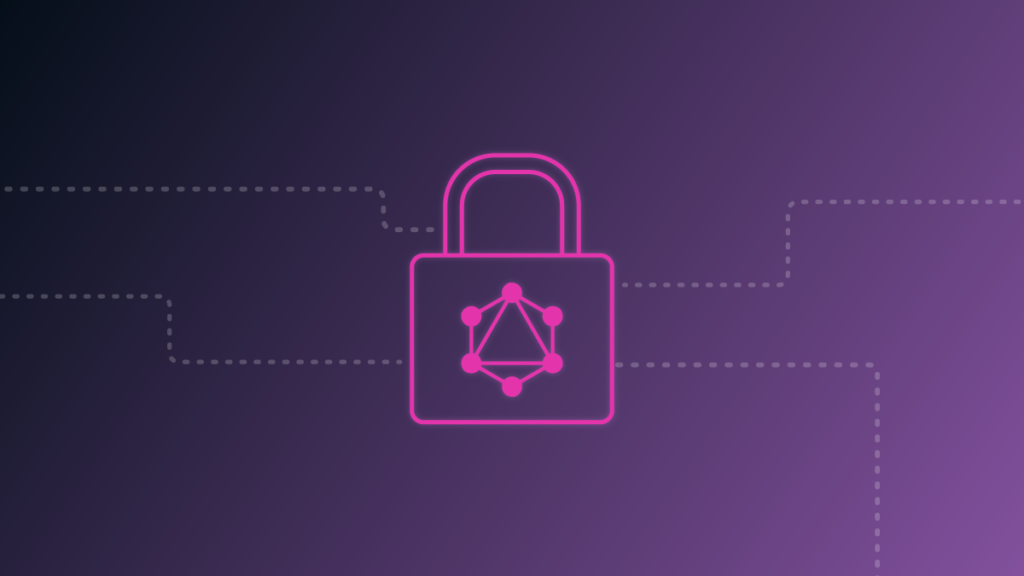
GraphQL has gained significant popularity as a query language for APIs due to its flexibility and efficiency. However, like any technology, GraphQL is not immune to security vulnerabilities. As more applications adopt GraphQL, it becomes crucial for developers and organizations to understand and address potential security risks. In this article, we will explore common security vulnerabilities associated with GraphQL and best practices to mitigate these risks effectively.
Understanding GraphQL Security Vulnerabilities:
Over-Exposure of Sensitive Data: GraphQL's power lies in its ability to allow clients to specify exactly what data they need. However, this can lead to over-exposure of sensitive information if not properly controlled. Malicious actors could exploit overly permissive queries to extract sensitive data or perform reconnaissance attacks.
Denial-of-Service (DoS) Attacks: An inefficient or poorly optimized GraphQL endpoint may be susceptible to DoS attacks. Attackers can craft complex and resource-intensive queries, causing a spike in server workload and potentially leading to service disruptions.
Authorization Bypass: Incorrectly implemented authorization mechanisms can lead to unauthorized access to certain resources. Attackers may manipulate queries or exploit loopholes in the authorization logic to access restricted data.
Batch Request Abuse: GraphQL allows clients to batch multiple queries into a single request, which can be leveraged by attackers to execute a series of malicious queries simultaneously, straining server resources.
Common GraphQL Security Best Practices:
Implement Strict Authorization Mechanisms: Implement fine-grained access control mechanisms to ensure that users have access only to the data they are authorized to view. Employ role-based access control (RBAC) or attribute-based access control (ABAC) to enforce proper authorization.
Validate and Sanitize User Input: Always validate and sanitize user inputs to prevent injection attacks. Avoid using raw user inputs directly in queries to prevent the risk of SQL injection and other injection vulnerabilities.
Limit Query Depth and Complexity: Set query depth and complexity limits to prevent excessively deep or complex queries that could lead to DoS attacks. Tools like DataLoader can help optimize query execution and reduce N+1 query issues.
Implement Rate Limiting: Enforce rate limiting to prevent abusive batch requests that could overload the server. Rate limiting can help mitigate DoS attacks and protect server resources.
Disable Introspection in Production: In production environments, consider disabling GraphQL introspection (introspection allows clients to query the schema) to prevent attackers from gathering valuable information about the API's structure and data.
Monitor and Log GraphQL Activity: Implement comprehensive monitoring and logging of GraphQL activity to detect and respond to potential attacks or abnormal behavior effectively.
Use JWTs for Authentication and Authorization: Utilize JSON Web Tokens (JWTs) for secure authentication and authorization. JWTs can carry claims about the user's identity and permissions, reducing the reliance on stateful sessions.
Implement Strong Input Type Validation: Use GraphQL input types to define the structure of input parameters, ensuring that only valid and expected data is accepted by the API.
Conclusion:
GraphQL offers a powerful and flexible means of querying APIs, but it also introduces unique security challenges. By being aware of common GraphQL security vulnerabilities and following best practices, developers and organizations can significantly enhance the security posture of their GraphQL-based applications. Implementing strict authorization mechanisms, input validation, rate limiting, and monitoring are essential steps to safeguard against data breaches, DoS attacks, and unauthorized access. As GraphQL continues to be adopted across various industries, prioritizing security will be paramount in building robust and trustworthy applications.




